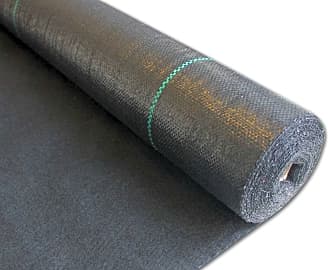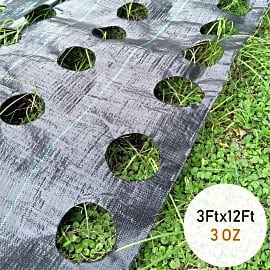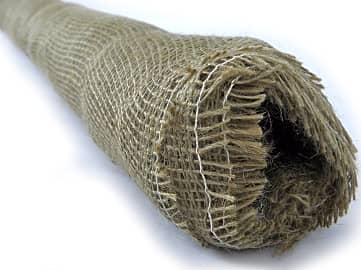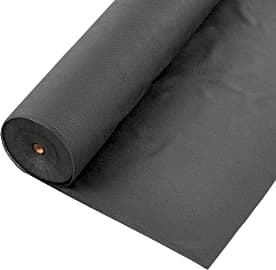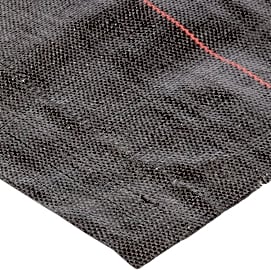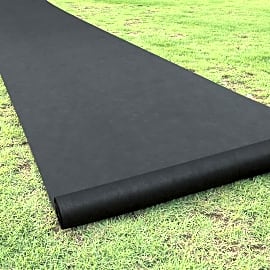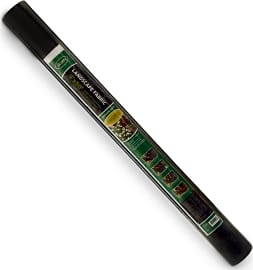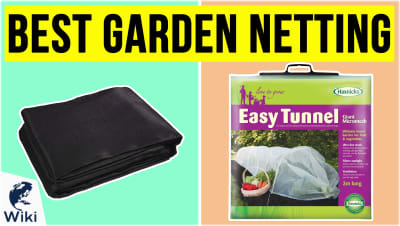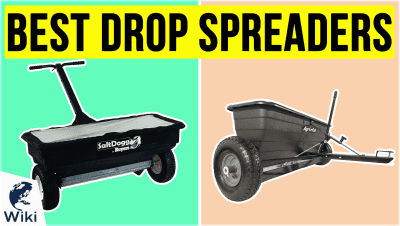The 10 Best Weed Barriers

This wiki has been updated 24 times since it was first published in October of 2018. Preventing invasive plant life from taking over the yard doesn't have to involve paving stones or toxic herbicides. Just roll out a length of landscape fabric from our selection of barrier materials to keep weeds and other unwanted vegetation out while letting water and nutrients through, so you need not worry about dandelions on your walkway or grass infiltrating the flowerbed. When users buy our independently chosen editorial picks, we may earn commissions to help fund the Wiki.
Editor's Notes
November 02, 2020:
In this update we decided to remove Green Valley due to availability concerns. In its place we added AHG Black, an option with excellent value given the amount of material you get in the three- by three hundred-foot roll. It also appears to respond well to being reinstalled, whether you need to put it elsewhere or are checking on the fabric's quality over time.
Before buying a particular weed barrier you should first decide which kind of material best suits your purposes. Most options are made from woven or non-woven geotextile, synthetic fabrics composed of thermoplastics like polypropylene or polyethylene. Woven geotextiles are produced by interlacing two sets of strands at right angles to each other, which makes them durable and good at preventing erosion but not especially porous. Non-woven geotextiles, on the other hand, are bonded together by other means, and tend to be both weaker and more porous than woven geotextiles. Ultimately, non-woven geotextiles are preferable in areas with lots of rainfall where drainage is especially important, and woven geotextiles are better for drier places and for land particularly vulnerable to erosion.
Most of the choices on this list are made of woven geotextiles, probably because they last longer than their non-woven counterparts. The two options we've included that are made from non-woven geotextile are Becko Garden and AHG Black, which will be good for those worried about flooding.
Easy Gardener Burlap is the one choice that isn't made of geotextile at all. There are several advantages to using burlap. It's breathable, porous, tolerant of UV light, and totally biodegradable, so it will support your plants and reinforce the soil particularly well as its fibers dissolve. But this is a double-edged sword, since natural materials like burlap fray more quickly and easily than geotextile and burlap's large weave leaves more space to admit weeds. Burlap tends to be worse than geotextile at the specific task of choking out weeds, but it's much more versatile and is worth buying if you want an all-purpose material that can protect and shore up your plants.
If you're looking for ways to protect your garden from unwanted animals rather than plants, check out the best garden fences or our list of the best garden netting.
December 18, 2018:
Sought to provide as much diversity as possible, with natural burlap, as well as multilayered needle-punched and non-woven landscape fabrics, some with stripes marked and pre-cut holes for row alignment. Noted offerings in various lengths, widths and thicknesses, plus suitability to different applications.



